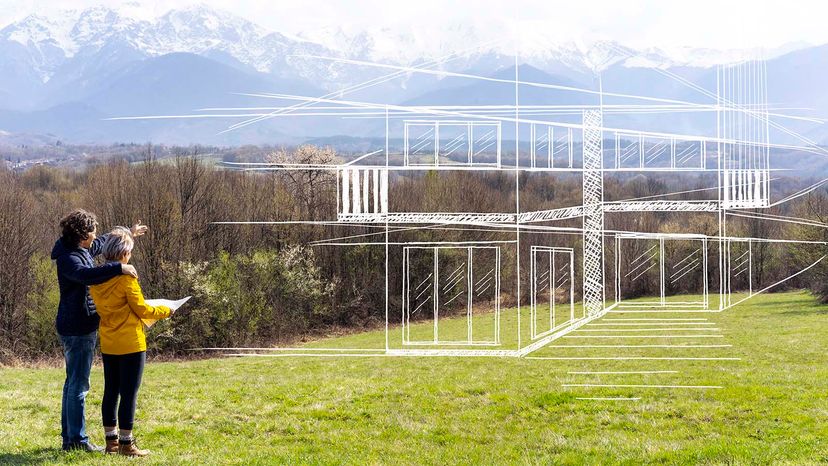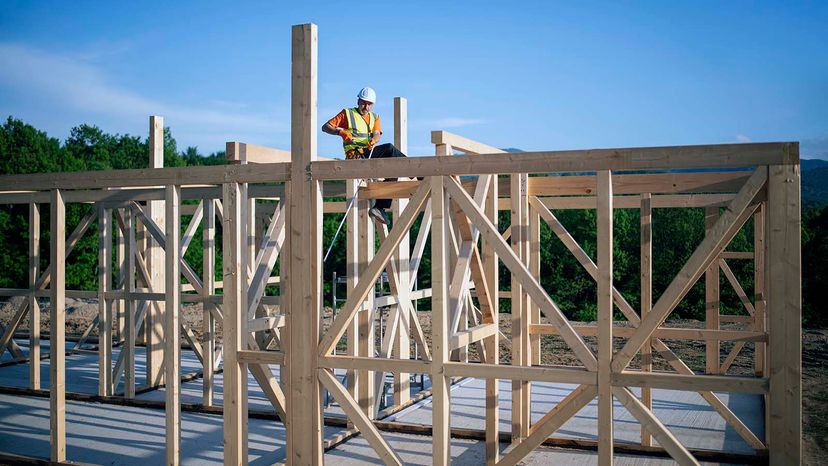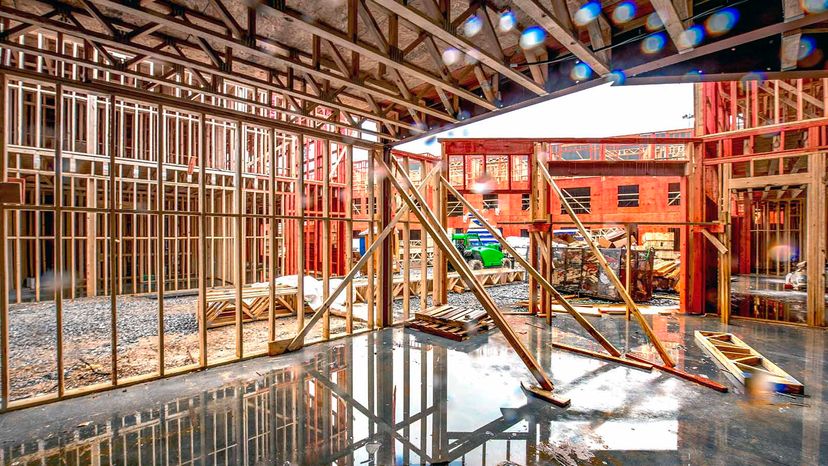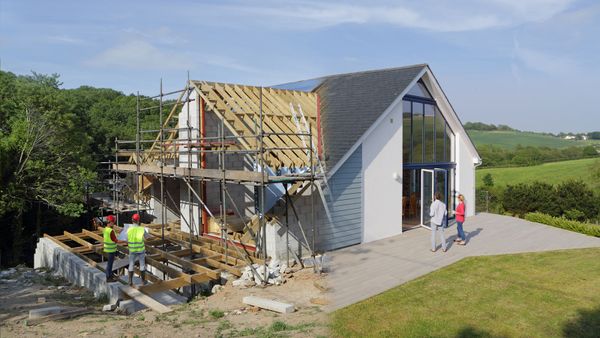
Anyone who's been house hunting knows that buying a home is all about compromise. Maybe you can find that cute bungalow in a great school district, but the kitchen is much smaller than you want. Or maybe the price is right on that ranch home, but the layout leaves something to be desired.
If you've hunted around and just aren't finding what you're looking for, new construction might be for you. But how long does it take to build a home from the ground up?
Advertisement
When you're building a house from scratch, you have to consider a lot of variables. Part of the fun of new construction is that you get to customize your space, right? But all of those customizations can take more time, especially if your contractor has to special-order materials.
That's no reason to cross things off your wish list. You just want to keep in mind that those things might make the job take a bit longer.
Some other biggest variables in home construction are the number of workers on the job each day, the condition of the lot, permits and inspections, and the weather [source: Pacific Crest Inspections]. If you have a big crew and clear skies, your job can go much faster. If you're demolishing an old house, or the ground where you want to build is in bad shape and needs to be graded first, that's going to prolong the construction timeline.
The U.S. Census Bureau's 2020 data from the Survey of Construction estimates it takes about 6.8 months — from start to finish — to build a new home. But that timeline increases to 12 months when owners act as their own contractors. And the length of time varies per region in the U.S.
When you're taking on a construction project, it's a good idea to know what to expect. That often means finding a contractor you trust and one who communicates with you every step of the way. Knowing the steps involved and how long they typically take can help you ask the right questions and determine if your contractor is being honest with you about time estimates.
Advertisement




